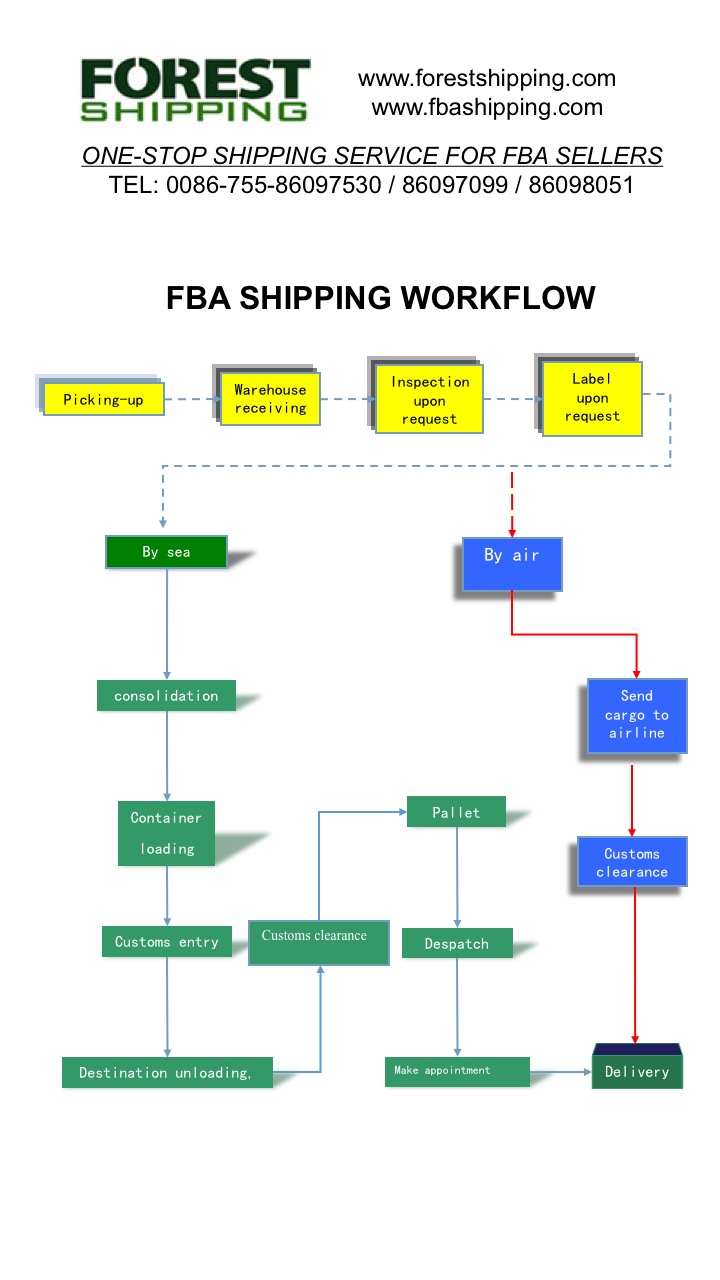
Sorry to be the bearer of bad news, but if anything, I expect the problems to worsen after Chinese New Year. While there will be a drop in shipping volumes for a short while, March will see another significant increase as all the delayed orders are shipped out. After all, nearly all factories are closed for most of February, so there’s no production and no new shipments, which will allow the backlog to be cleared… Won’t Chinese New Year clear the backlog and get everything back to normal for your Amazon FBA business? I’ve seen a few people online suggesting this, and in theory, it makes sense. And with the big 3rd wave of COVID-19, it’s really not a surprise – there were 250 staff off from COVID-19 at Felixstowe at one point, though this is now down to 130. That might not seem like a huge difference, but these bottlenecks add up and cause more delays, exacerbating the problem further and further. As a result, they’re currently moving 22-23 containers per hour, down from the usual 28-30. Take Felixstowe port, for example, which was hit particularly badly in the busy Christmas season last year.

Lower productivity at ports and terminals.Delays in the return of containers to China.This decrease in production coupled with the sudden increase in demand has led to a significant drop in global container availability.Īnd this is really the problem at the moment – there’s simply not enough containers, along with congestion and delays caused by COVID-19, which is causing a number of further issues, including: For various reasons, COVID-19, of course being no.1, container production in 2020 was actually down compared to 2019 (H1 2020 container production was 40% less than H1 2019). Well sadly, no – it doesn’t work like that. Now I know what some of you may be thinking – “ if there’s such high demand, why not just produce more shipping containers?” Simple right? Despite all this, they managed to hit their biggest Q4 sales ever, so just imagine what it would’ve been without the shipping problems! I saw firsthand the effect this had on businesses here with some Amazon Sharks members having their products stuck both at port and then again at Amazon FBA fulfilment centres as the delays caused a huge bottleneck. The issue worsened and worsened, reaching its worst point in Q4 last year when there were severe congestion problems at some of the major port hubs in Asia, which then spread to Europe and the UK, in particular Felixstowe port, which all saw severe delays.

There simply weren’t enough empty containers in China to meet this demand.Īnd as we all know, increased demand and decreased supply only means one thing – higher prices! With this happening on a large scale, coupled with increasing ecommerce and Amazon FBA sales, demand for shipping containers skyrocketed globally.
#ESTIMATE FREIGHT CLASS AMAZON FBA FREE#
The outcome is that a lot of importers had their goods stranded and they had to find another free vessel with space so they could ship their products.

This can be the entire sailing or the removal of certain ports on the route. These increases were initially caused by carriers reducing capacity in the early stages of the COVID-19 pandemic last year by introducing “blank sailings,” which basically means a cancelled sailing. What’s causing this increase in cost to ship to Amazon FBA? The only saving grace is that this shipping nightmare affects everyone importing from China: not just you, but your competitors, too. This has had a significant effect on margins and profitability, and for many Amazon FBA sellers has meant having to increase their prices. Typically, shipping a 40ft container would’ve cost between $1,500-$2,000, but we’re now seeing ocean freight rates of $10,000-$15,000 for the same 40ft container.Īnd that’s not all, my fellow Amazon FBAers! Consider you pay import VAT on the total amount of the goods you’re importing, including shipping, so the government adds insult to injury with your higher VAT bill, too. As if COVID-19 hadn’t caused enough shipping problems for Amazon FBA sellers importing from China, we now have to deal with the Brexit disaster and even some snowstorms to top it all off!Īny Amazon FBA seller who imports from China knows that 2020 saw some HUGE increases in Amazon freight rates, with costs increasing by up to ten times.


 0 kommentar(er)
0 kommentar(er)
